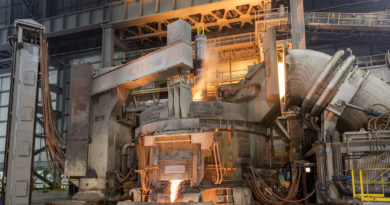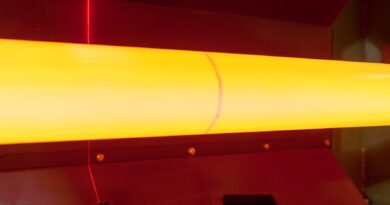Detecting power quality issues
Poor power quality comes at a cost. Monetary cost can come from power losses, but damaged assets could cost even more, including potential losses due to down time of a manufacturing process. Assets damaged by power quality events that result in increased heat will certainly shorten equipment life. To the untrained eye, problems in electrical distribution systems may not be recognisable as power quality problems. Knowing and recognising the most common power quality symptoms and how to troubleshoot them is a first step in solving power quality issues.
What tools do you need for the job?
As with any troubleshooting task, you need the right tools. For power quality issues, those include knowledge and the right electrical test tools.
But first, a good set of up-to-date one-line diagrams of the facility. The one-line diagram identifies AC power sources, the loads they serve, and their ratings. It serves as an electrical road map to the facility and a guide for power quality studies.
Once the assets have been identified, check them using a power quality analyser to measure and record the specific parameters associated with power quality. Other tools, such as a data logger, thermal imager, infrared thermometer, and recording digital multimeter, can also aid in troubleshooting.
Power Quality Problems
Voltage problems and the creation of harmonic currents are the two broad areas under which power quality problems occur. Dips and swells, voltage transients, power interruptions, and voltage unbalance all can be monitored, analysed, and compared to equipment operation histories to determine the cause and severity of the power quality problem. The same can be done with the various harmonic currents in a system.
Bear in mind power quality issues are frequently interrelated. Address power quality problems from an entire plant approach without losing focus on how they affect individual loads. Sometimes fixing one power quality problem can make another problem worse. Looking at the big picture by using a three-phase power quality analyser enables the correction of the causes of power quality issues, and not just the doctoring of the symptoms




